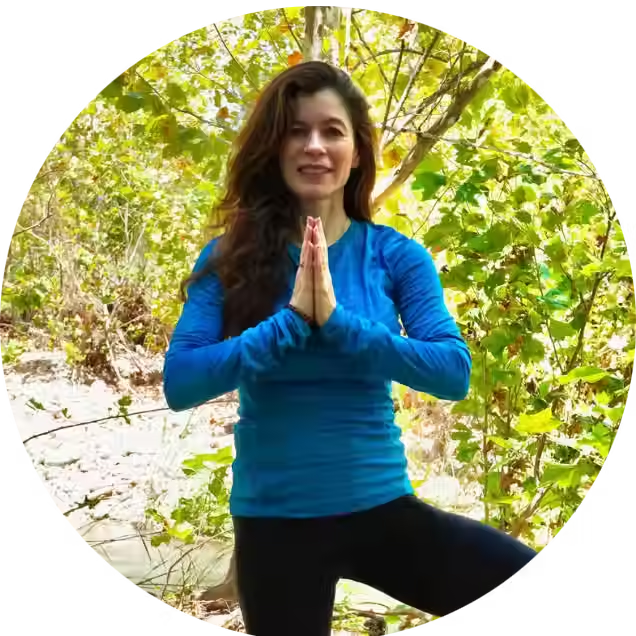How Counting the Omer Refined My Art
- Susan Kaplow
- May 1, 2021
- 3 min read
Updated: Sep 30, 2021
When I signed up for R' Ami Silver’s course on counting the Omer, I had no idea
how dramatically his teaching would affect my art-making. Over the years, I’d become familiar with the practice of dedicating each of the 7 weeks between Passover and Shavuot to one of the qualities, the sefirot, on the kabbalistic tree of life. I loved using this ritual as a means of deepening psycho-spiritually and was always eager to learn more.
I was at the work table in my studio when I tuned into R' Ami’s teaching for the third week of the Omer. By this time, I’d already listened to his comments for the first two weeks. His definitions were refreshingly beyond the traditional ones I’d previously been taught. Chesed was not only kindness but expansiveness. Gevurah was not only strength but containment. Now it was the week of Tiferet, usually translated as beauty. Once again, R' Ami had a different take: Tiferet was the “inclusive sefira” that would “balance and integrate the polarities” of Chesed and Gevurah, thus leading to “something new.”
As the rabbi took a moment to screen share texts, I looked up at the wall above my worktable. There was the sculpture I’d been working on, frustratedly, for weeks. It had been inspired by a Hasidic teaching that really spoke to me during the worst months of the pandemic: “One needs a broken heart, but one also needs it to be whole. And the two of them together, twins, broken and whole."

broken and whole by Susan Kaplow
I’d felted two hearts from fiber. The broken one was midnight blue with ripped openings and hanging threads. The whole heart, of vibrant red, was perfectly intact, with red and blue beads outlining the arteries and veins. I had secured the twin hearts side by side on a piece of wood. Every time I looked, I hoped to be satisfied that the piece was finished. But now my art colleague’s critique from months ago was once again confirmed: there was something static about the piece, something as yet unresolved.
For the first time ever, I realized I could apply the qualities of the Omer to my art-making. Was there too much Chesed in this work, too wide an expanse around and between the hearts? Or too much Gevurah, each heart too neatly self-contained? I was still pondering this new way of looking at art when I heard R' Ami offer the teaching that led me to remake my work: “Tiferet is associated with the quality of Rachamim, compassion, from the Hebrew word rechem, womb. The womb that allows life to expand while being safely contained.”
Before I knew it, I was cutting the threads that tied the hearts to their wooden hanger. I put them close together on my work table. Maybe the whole red heart could fit into the blue one that already had small rips in it. I picked up my scissors and enlarged the openings until I could slide the whole heart into the broken one. Now it did look as if the broken heart was a womb from which the whole heart was gradually emerging.
Unifying the hearts had led to the “something new” of Tiferet. The piece even fit the
traditional definition: it was much more beautiful than before. And it fit my life experience: my own heart had grown increasingly whole each time I worked through a heart-breaking passage. We do need both, “the two of them together, twins, broken and whole,” in art and in life.
______________________________________________________________________________
Susan Kaplow is a visual artist based in NYC. Her website: susankaplow.com.
She expresses her gratitude to R' Ami Silver for his beautiful teaching.
See the course Embodying the Sefirot: Sefirat HaOmer in Practice




Comments